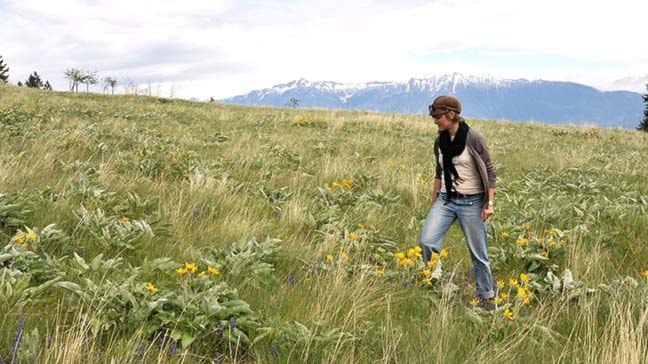For the first time since 2007, the Nature Conservancy of Canada (NCC) is holding its annual general meeting in Cranbrook.
The National Board of Directors of Canada's largest conservation organization is gathering at St. Eugene, today, Thursday, Oct. 2, to set the course for conservation strategy for the coming year.
The southeast region of British Columbia is important territory for the Nature Conservancy, said Lesley Neilson, Communications Manager for the NCC.
"We've done a lot of good work in the East Kootenay," Neilson said. "We've got a real thriving office in Invermere — our headquarters for the Canadian Rockies Program.
"This corner of B.C. is an important place, because of the large wildlife corridors — for grizzly, elk, moose, wolves, bighorn sheep, migatory birds ... It's an important ecological area for North America, not just southern B.C."
The NCC works with private land owners and corporations such as Teck.
"Our goal is to protect habitat for at least a quarter of Canada's species at risk," Neilson said. "So we target areas where there are high concentrations of species at risk."
The NCC focuses on securing private land that connects with wildlife corridors, or parks. In fact, just this week, group of southern Alberta ranchers banded together to preserve a huge swath of native grassland almost untouched by development.
The Waldron Grazing Co-op has agreed to place a conservation easement on more than 12,000 hectares of rolling prairie and foothills in southwest Alberta.
The NCC which worked on the project, says the $37.5-million deal is the largest of its kind in Canadian history.
The co-op's 72 ranchers have agreed the land will never be subdivided or farmed and none of its wetlands drained.
They will continue to own the land and use it for ranching.
Energy development is to be considered on a case-by-case basis.
The land is home to every species native to it — from meadowlarks to grizzly bears.
Over three days, NCC's volunteer Board of Directors from across the country will participate in business and committee meetings at St. Eugene, as well as a day‐field trip to visit NCC's conservation projects in the area.
Since 1962, NCC and its partners have helped to protect more than 2.7 million acres (over 1 million hectares), coast to coast with more than 1 million acres (400,000 hectares) in B.C.
With files from
Canadian Press
